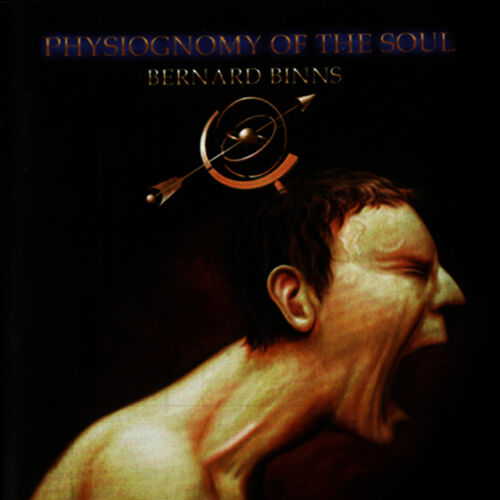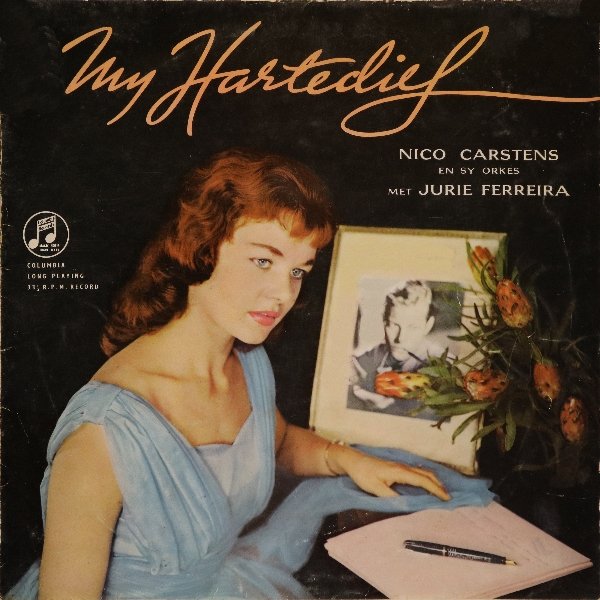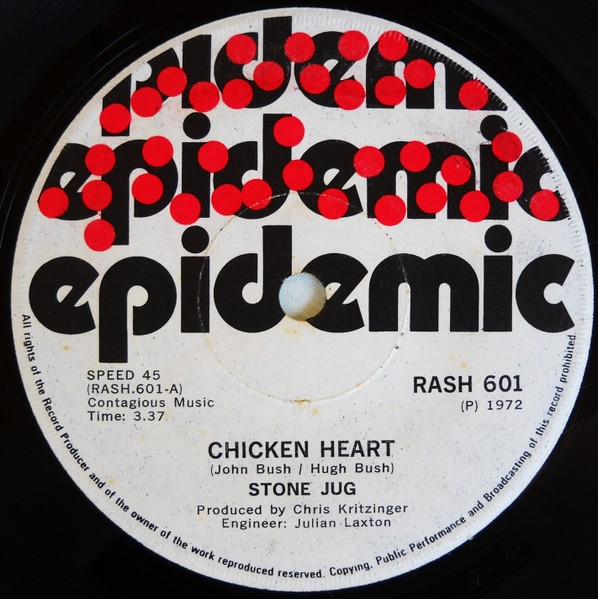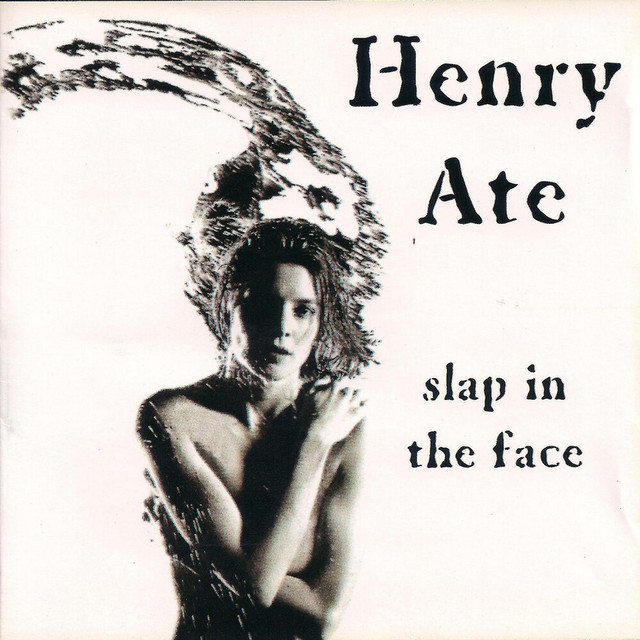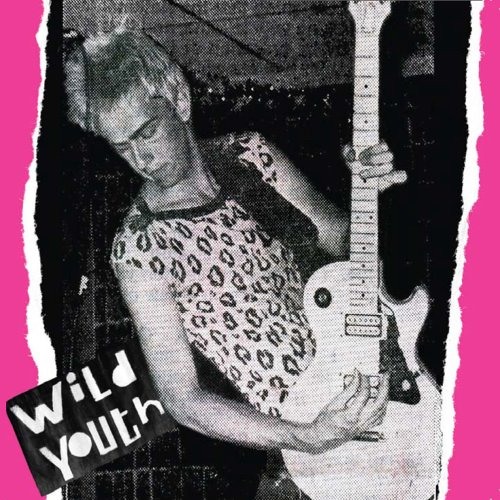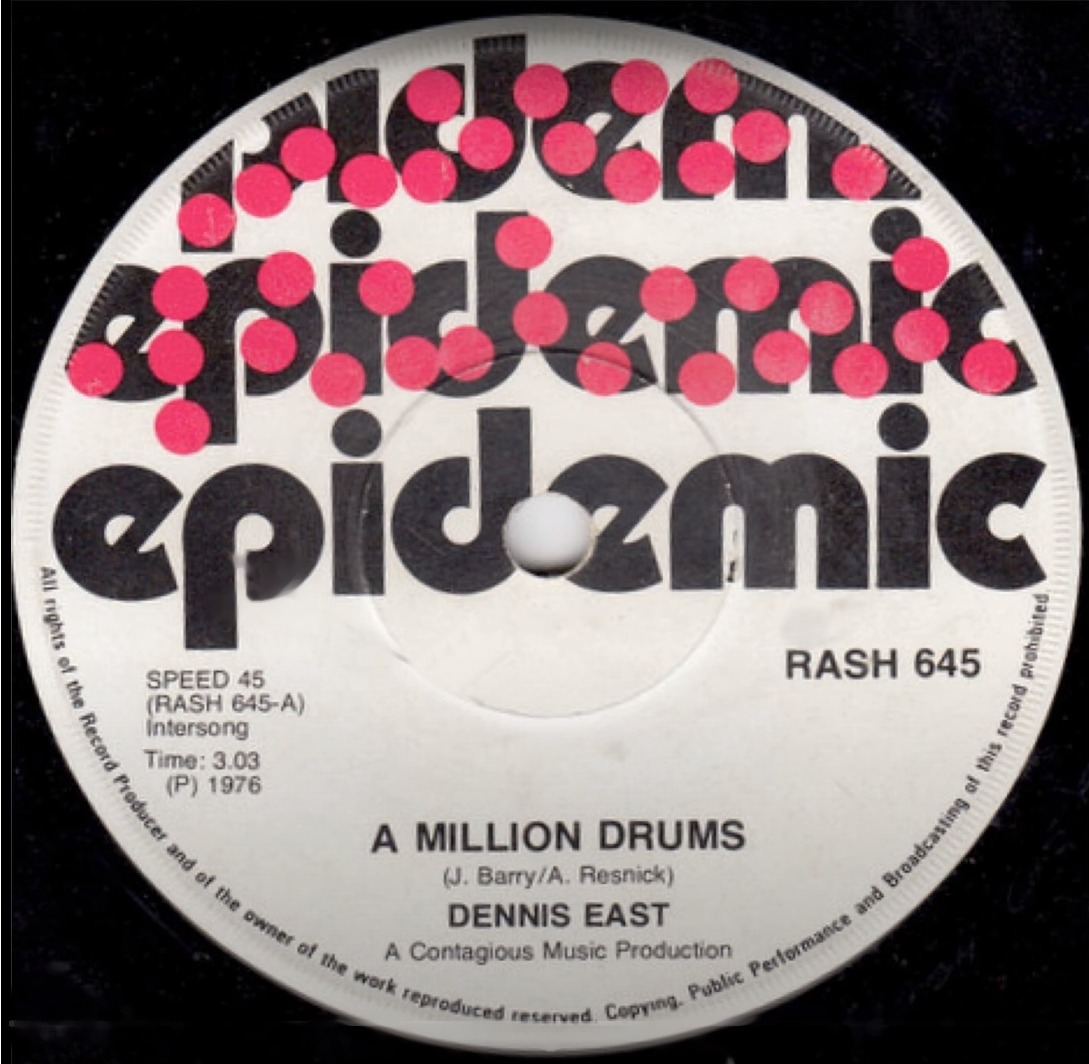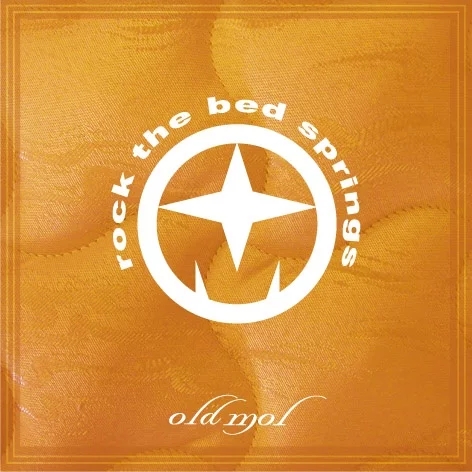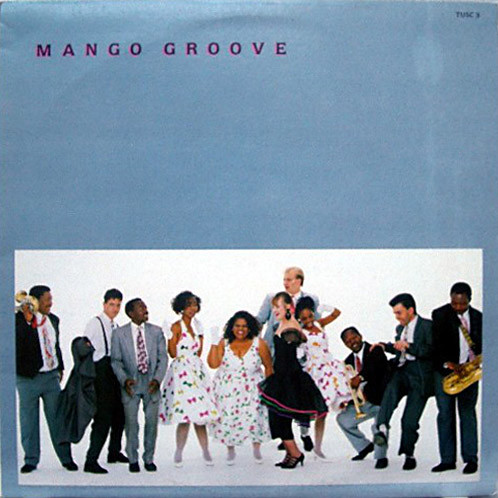Dance The Instinct – éVoid
After the phenomenal success of their eponymously titled debut album, the Windrich brothers relocated to London. The move was mainly to avoid being conscripted into the army. There, in 1986, they recorded ‘Here Comes The Rot’, their difficult 2nd album. This would open with the track ‘Dance The Instinct’.
éVoid fans would have been immediately struck by the different sound that came with this move as the track was punkier and seemed to be more frenetic than ‘Shadows’ and ‘Taximan’, their 2 big hits from their debut. And yet, even with this harder sound, there are still elements of the éVoid that people will have known. The first human sound on the track is a cry that feels like it is something that is reaching out across the vast African continent from a cold London. But the elements of their new environment show through in the darker, harder-edged synth bass that underpins the song.
And the lyrics also look at their move – ‘There goes the New Wave with its Two-Tone glory/And the ethnic rebels have all sold their stories/Here comes tomorrow it’s no bed of roses/you need backbone and muscle in this overgrown jungle’. This seems to look at the Windrichs’ facing up to their new reality and trying to come to grips with it. There is a real sense of struggle in the song with a feeling of yearning for the warmth and joy of Africa, yet bravely facing up to the challenges the harder cold of London brought.
Despite this conflict within the song, they still managed to produce a catchy tune which one can dance to. And they did this by listening to their own words as they sing ‘Got to stay ahead by going back to your roots’. We will never know if this was comparatively less successful than ‘Shadows’ or ‘Taximan’ because of the new sound and direction they had with this song, whether it was just that difficult second album syndrome, or whether it was because they were unable to promote the album locally.
Where to find it:
Here Comes The Rot – eVoid (2001), Fresh Music, FRESHCD 117
Video:



